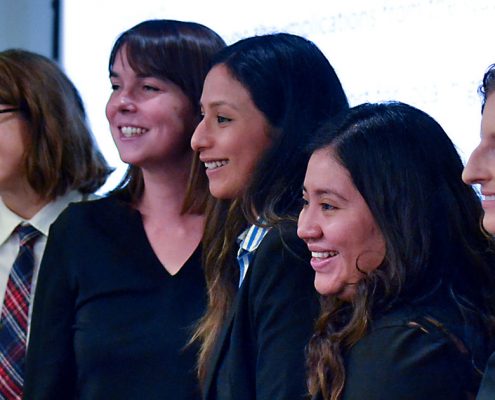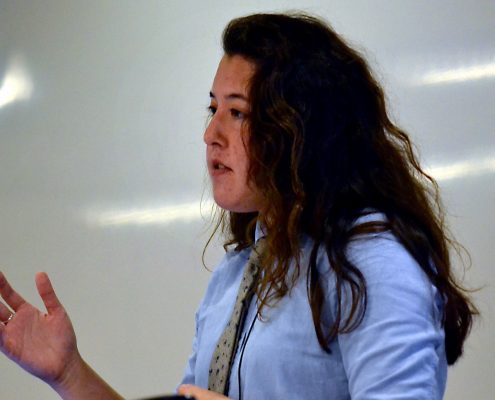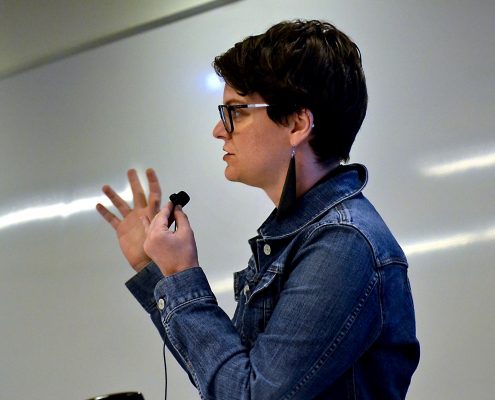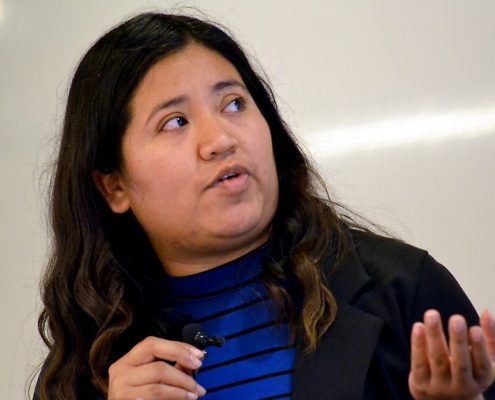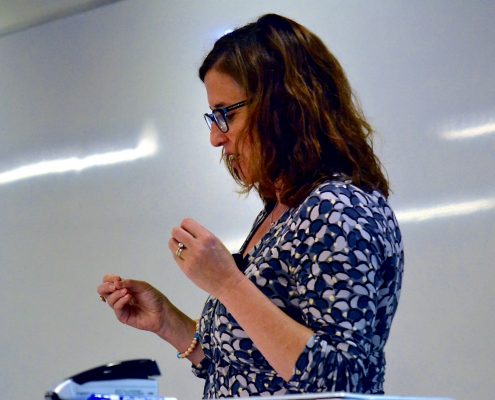Early Childhood Incarceration Linked to High Rates of Physical, Mental Health Issues Half of those admitted to juvenile justice facilities before their teen years reported suicidal thoughts as adults
By Ryan Hatoum
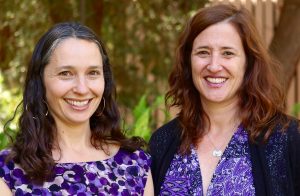
Elizabeth Barnert, left, and Laura Abrams. Photo by George Foulsham
When children are placed in juvenile detention centers, jails or prisons before their teenage years, they are much more likely to experience serious physical and mental health issues as adults, according to a new study by UCLA researchers.
The UCLA researchers reported that more than 21 percent of people who had been incarcerated as children reported poor general health in adulthood, compared with 13 percent for those incarcerated later in life and 8 percent for those never incarcerated. The study appears in the International Journal of Prisoner Health.
“Those at risk for imprisonment during childhood need special attention from the health care sector,” said Elizabeth Barnert, principal investigator of the study and an assistant professor of pediatrics at the David Geffen School of Medicine at UCLA. “The rates of poor health outcomes among people who’ve been incarcerated tell us there’s a huge need for us to take better care of them — both as kids and as adults.”
There has been a growing international movement to find alternatives to juvenile incarceration — or the detainment of minors in juvenile halls, probation camps and other juvenile justice facilities — for the youngest offenders. Many countries are raising the minimum age at which adolescents can be incarcerated and are deferring children to other programs for rehabilitation.
Researchers from the Geffen School, UCLA Luskin School of Public Affairs and UCLA Mattel Children’s Hospital analyzed data from 14,689 adult participants in the National Longitudinal Study of Adolescent to Adult Health. Their analysis considered three groups: adults who had been incarcerated during the ages of 7 to 13; adults who had been incarcerated during the ages of 14 to 32; and adults who had never been incarcerated.
“From the data we have available, it’s hard to pinpoint exactly why those who enter the juvenile justice system at a young age face greater health challenges,” said Laura Abrams, also a principal investigator of the study and a professor and chair of Social Welfare at the Luskin School. “It’s likely a combination of trauma, which can lead to troubled behavior and long-term health problems, and the lasting effects of the conditions of early imprisonment.”
A key study finding were the differences among the groups’ mental health symptoms. Thirty-eight percent of the people who had been incarcerated before age 14 experienced symptoms of depression in adulthood, contrasted with 24 percent of those who were incarcerated at age 14 to 32 and 15 percent of the never-incarcerated group.
In other findings, more than one in four of those incarcerated before age 14 reported suicidal thoughts as adults, contrasted with about one in 10 of the group incarcerated at later ages and one in 15 of the group who had never been incarcerated.
Among the respondents who had been incarcerated at the youngest ages — seven to 12 — the rate was even higher; half experienced suicidal thoughts and ideation in adulthood.
“Incarceration has human costs at all ages, but with children, it’s particularly problematic,” Abrams said. “Children need spaces to grow and thrive — not to be confined in jail-like settings.”
While this new analysis does not prove a cause-and-effect relationship between early incarceration and poor health later in life, mounting research gives experts a sense of the factors involved.
One such factor is who gets incarcerated in the first place — for which research has shown there is bias. A study in the journal Criminal Justice and Behavior found that of children with psychiatric disorders, those of a racial or ethnic minority are more likely than those who are white to be incarcerated rather than diverted to the community for treatment. As such children are placed into juvenile justice facilities, their health issues may be left untreated or worsen.
The UCLA study found disproportionate racial, ethnic and socioeconomic patterns in those incarcerated as young children. People incarcerated at the youngest ages were significantly more likely to be male, black or Hispanic than those incarcerated at older ages and those never incarcerated. They were also much more likely to have been raised in the lowest income group and in a single-parent household.
“We’re only now starting to understand the full effects of juvenile incarceration on the person, and from a health perspective, the needs of this population are largely going unmet,” Barnert said. “We need a system that effectively addresses their health challenges as early as possible — ideally preventing adolescents from ever reaching juvenile hall.”

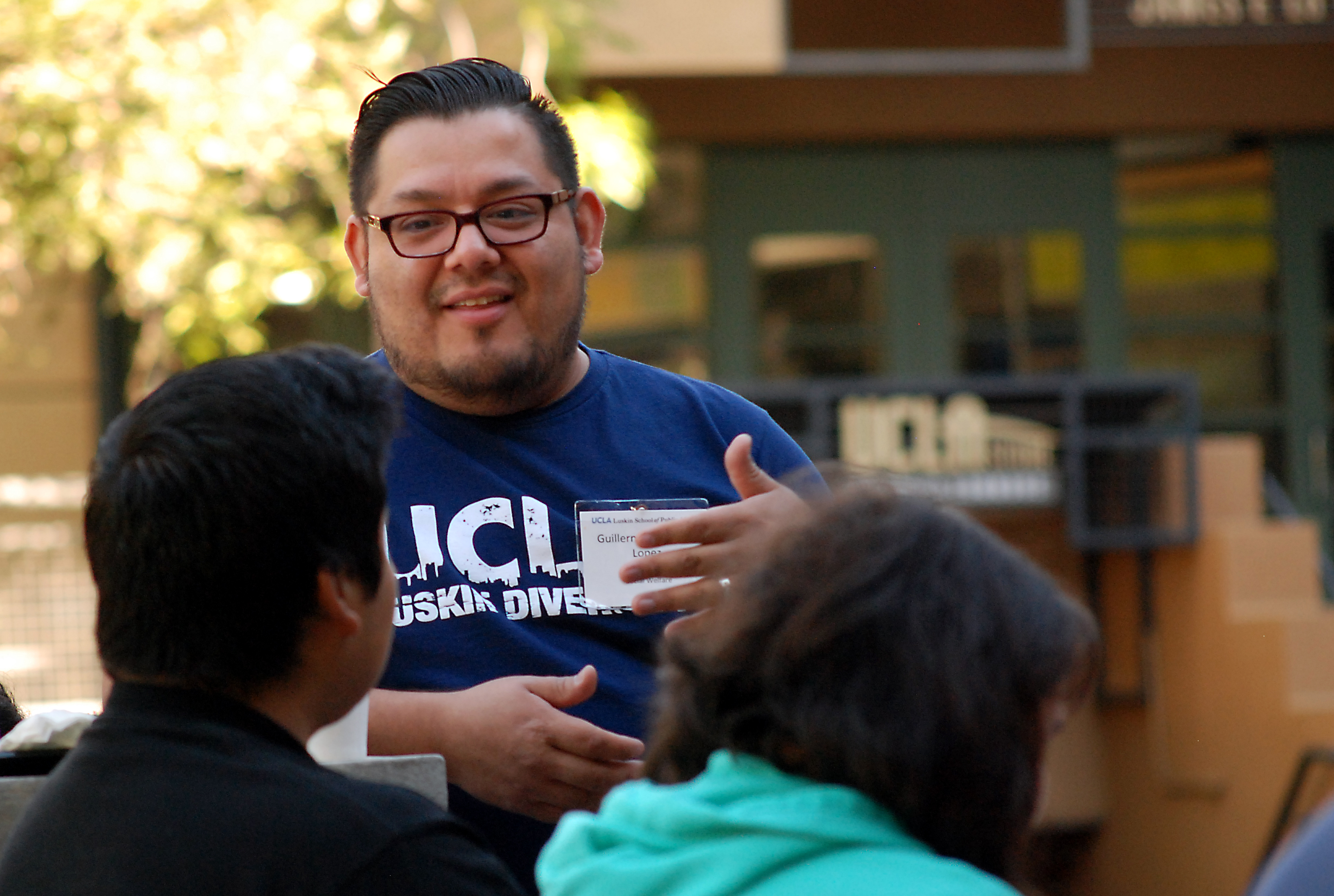
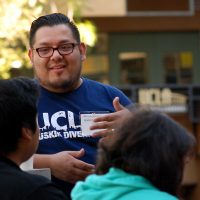
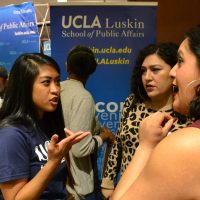
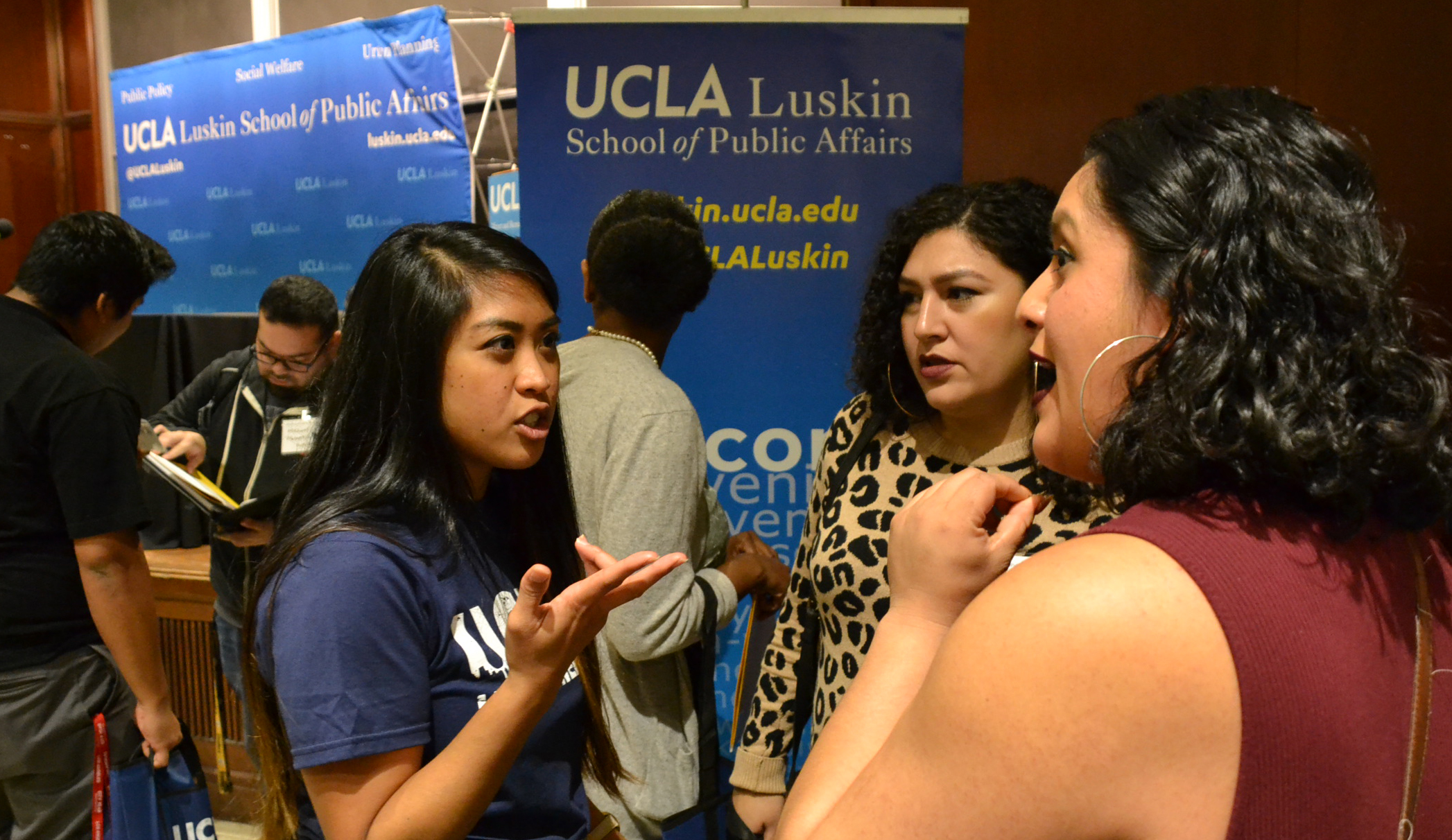
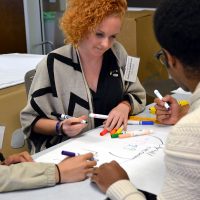
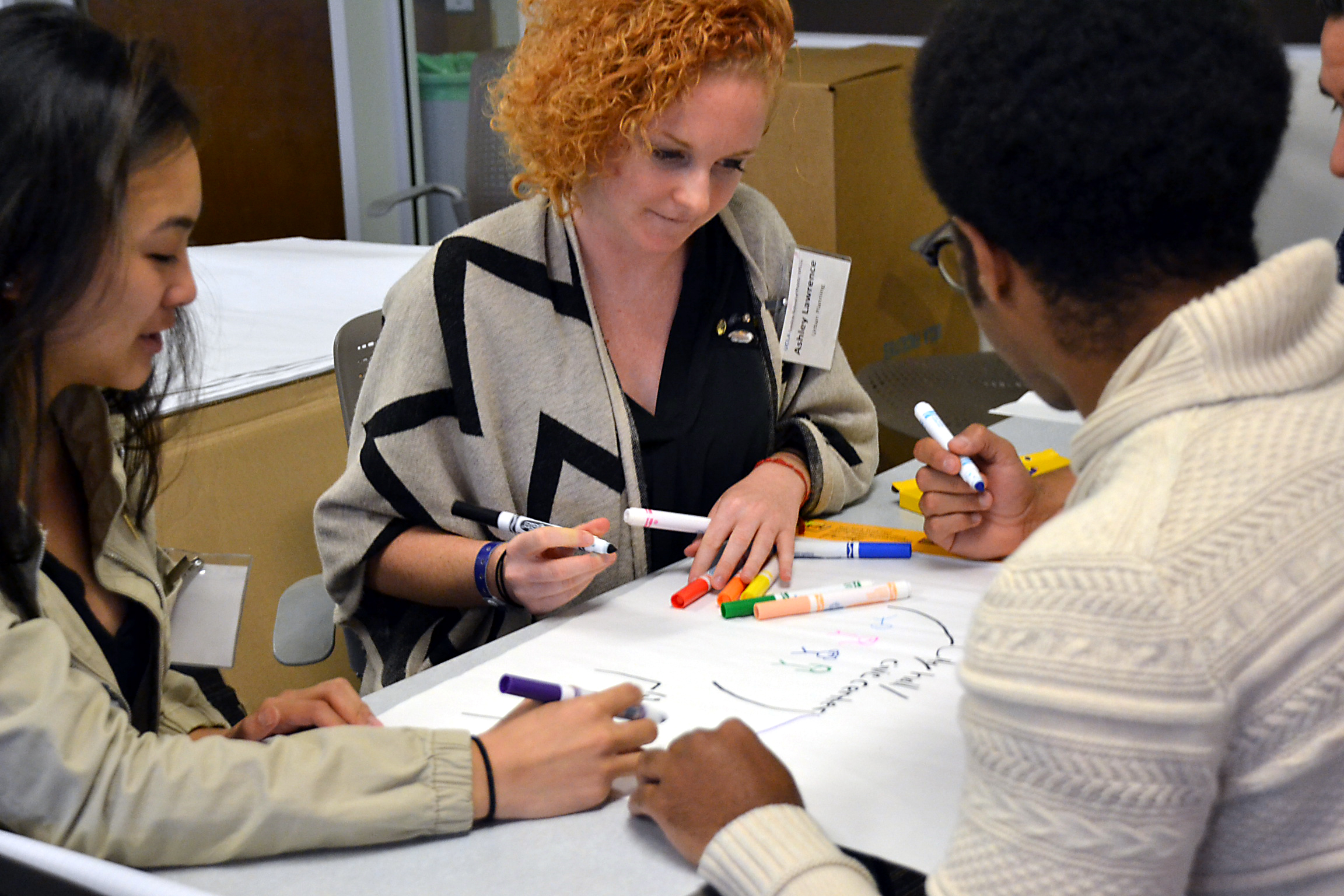

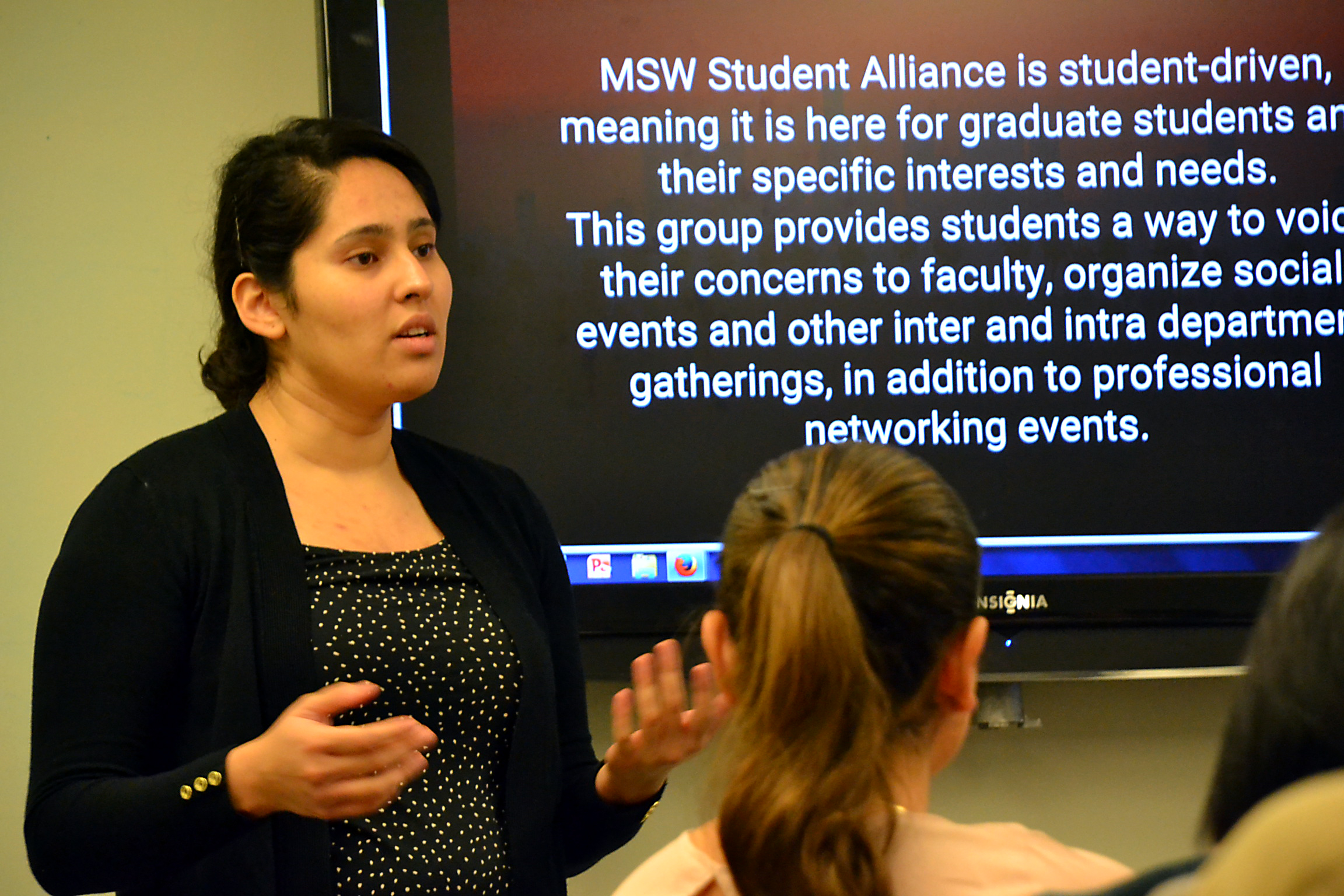
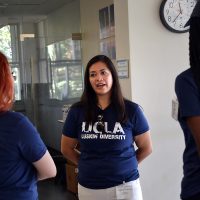


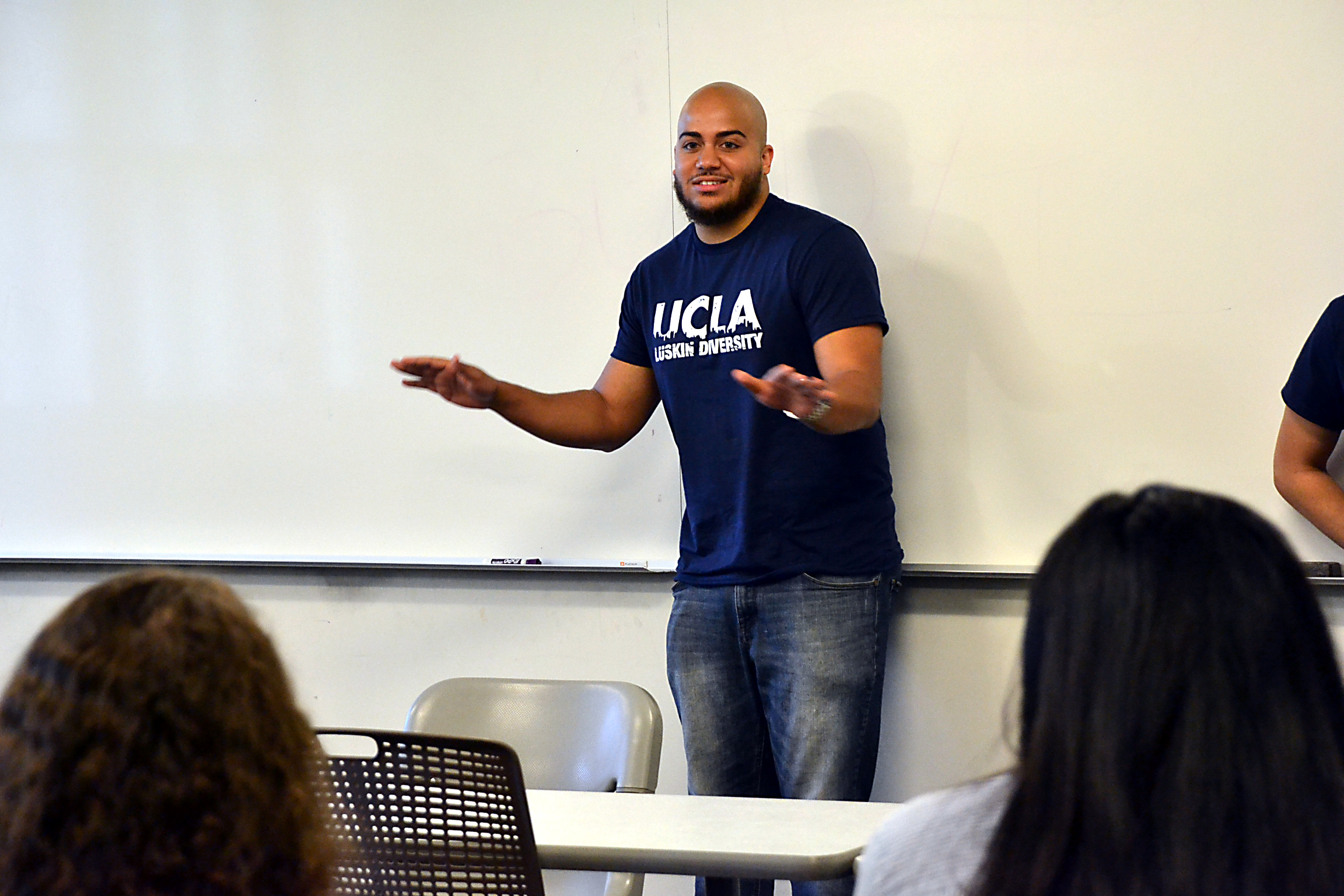
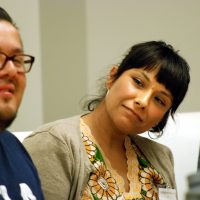
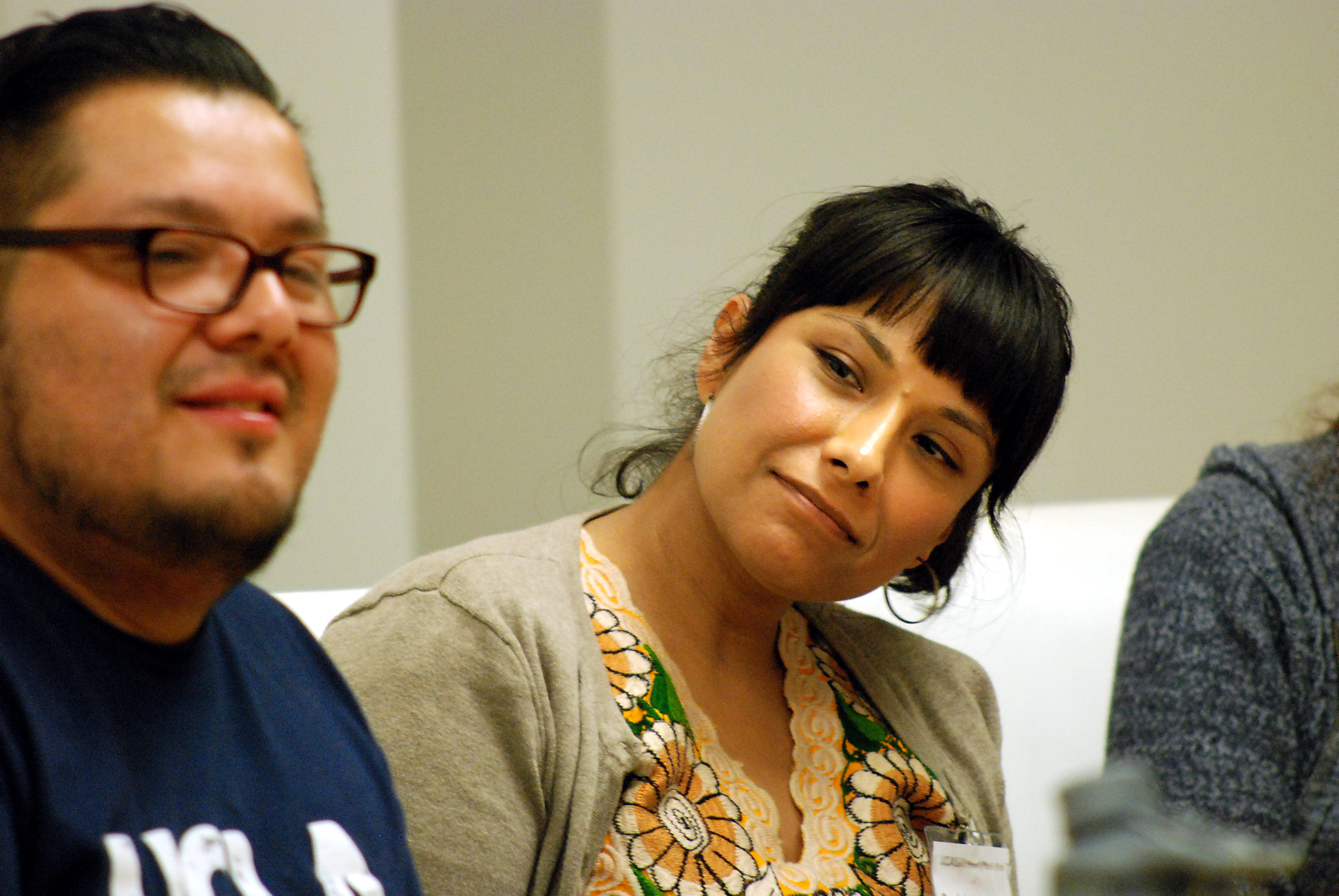
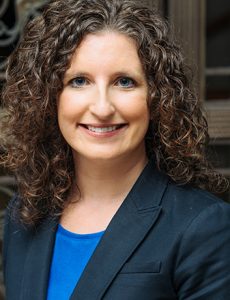
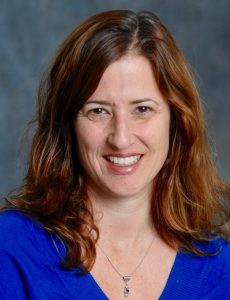 A National Service and Civic Engagement Research grant of $100,000 to Laura Wray-Lake and Laura Abrams of UCLA Luskin Social Welfare will contribute to research dedicated to increasing and strengthening the nation’s understanding and knowledge of civic engagement in America. Wray-Lake will be principal investigator and Abrams will be co-principal investigator for a study that aims to generate a more comprehensive understanding of what youth civic engagement looks like in urban contexts.
A National Service and Civic Engagement Research grant of $100,000 to Laura Wray-Lake and Laura Abrams of UCLA Luskin Social Welfare will contribute to research dedicated to increasing and strengthening the nation’s understanding and knowledge of civic engagement in America. Wray-Lake will be principal investigator and Abrams will be co-principal investigator for a study that aims to generate a more comprehensive understanding of what youth civic engagement looks like in urban contexts. 